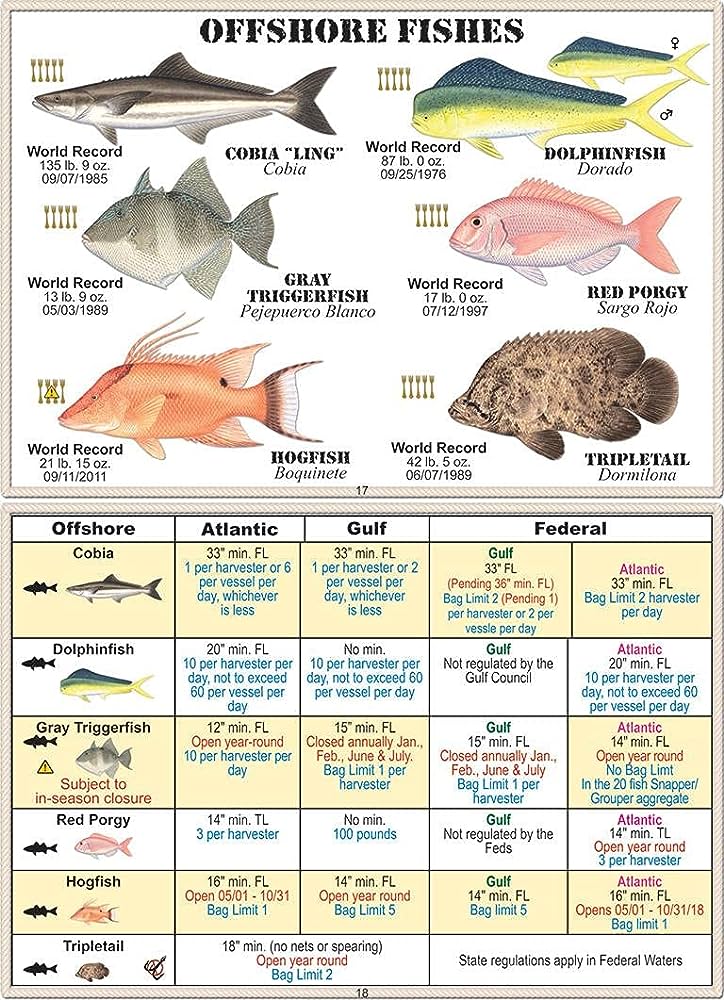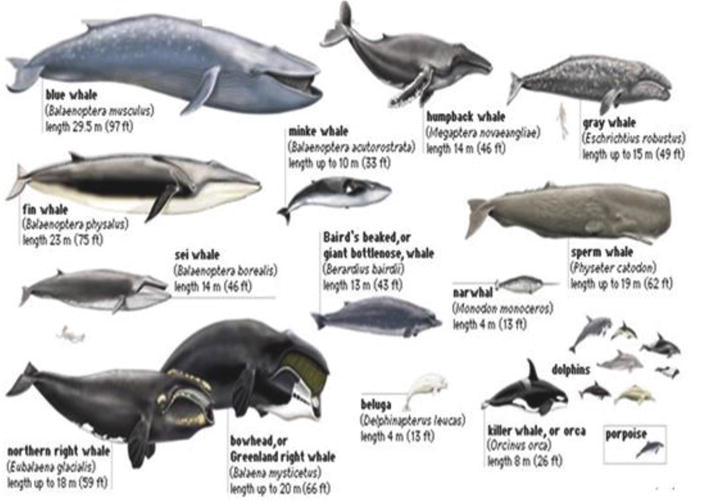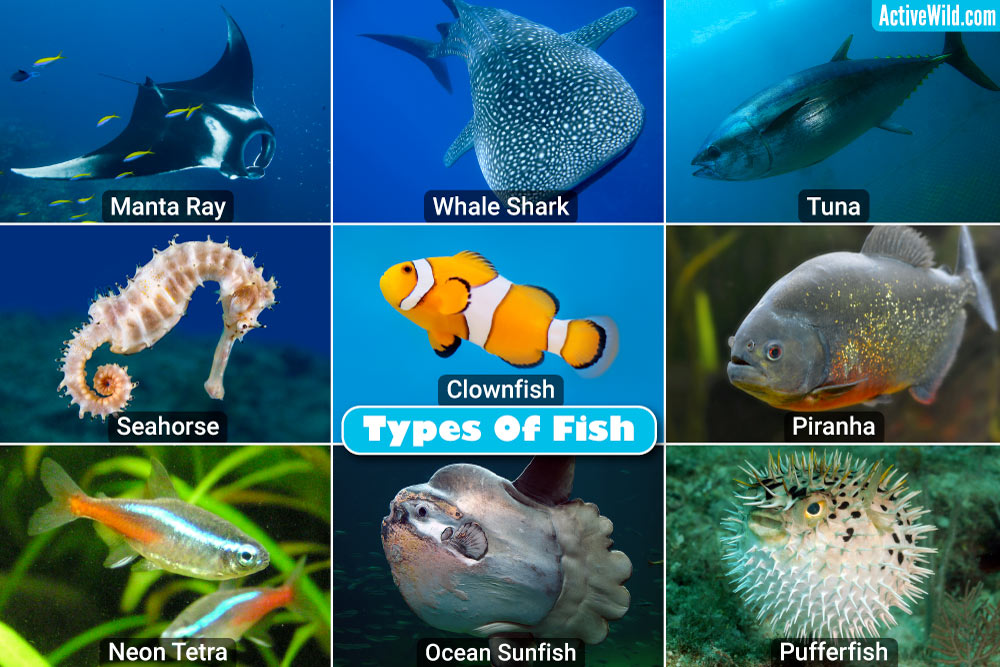Exploring the Diversity of Coastal Fish: A Comprehensive Guide
===
Coastal fish are a diverse group of aquatic animals that inhabit the coastal areas of the world’s oceans, seas, and estuaries. They come in a variety of shapes, sizes, and colors, and play an important role in the marine ecosystem. Exploring the diversity of coastal fish can provide valuable insights into their behavior, adaptation, and conservation. In this comprehensive guide, we will delve into the world of coastal fish and learn about their importance, different types, habitat, adaptations, conservation efforts, and much more.
Introduction to Coastal Fish Diversity
Coastal fish make up a significant portion of marine biodiversity and are found in a wide range of environments, from shallow waters to deep sea trenches. They are a diverse group that includes over 15,000 species, each with unique characteristics and adaptations. These fish are not only important for their ecological role but also for their economic and cultural value. They are a vital food source for many coastal communities and are a popular attraction for recreational fishing and tourism.
The Importance of Studying Coastal Fish
Studying coastal fish diversity is crucial for understanding the complex dynamics of the marine ecosystem. These fish play a vital role in maintaining the balance of the ocean by controlling the population of their prey and predators. They also serve as indicators of the health of the marine environment, as any changes in their population or behavior can signal larger issues. Additionally, studying coastal fish can also provide insights into the impacts of human activities, such as overfishing and pollution, on the marine ecosystem.
Exploring the Different Types of Coastal Fish
Coastal fish diversity is vast, with a wide range of species that inhabit different parts of the world. Some of the most common types of coastal fish include reef fish, such as clownfish and parrotfish, which live in coral reefs, and pelagic fish, such as tuna and mackerel, which inhabit the open ocean. Other common types include flatfish, such as flounder and halibut, which have flattened bodies for living on the ocean floor, and eel-like fish, such as moray eels. Each type has unique characteristics, behaviors, and adaptations that make them well-suited for their environment.
Factors Affecting Coastal Fish Diversity
Coastal fish diversity is impacted by various factors, both natural and human-induced. Natural factors include ocean currents, temperature, and salinity, which can affect the distribution and abundance of fish species. Human activities, such as overfishing, pollution, and habitat destruction, also have a significant impact on coastal fish diversity. These activities can disrupt the delicate balance of the marine ecosystem and lead to the decline of certain fish populations.
Understanding the Habitat of Coastal Fish
Coastal fish inhabit a variety of environments, including rocky shores, sandy beaches, and estuaries. Each habitat provides unique challenges and opportunities for fish to survive and thrive. For example, fish living in rocky shores must be able to cling onto rocks and withstand the constant pounding of waves, while fish in estuaries must adapt to changing salinity levels. Understanding the different habitats of coastal fish is essential for their conservation and management.
Common Adaptations of Coastal Fish
Coastal fish have evolved a range of adaptations to help them survive in their environment. Some common adaptations include camouflage, where fish have colors and patterns that blend in with their surroundings to avoid predators. Others have specialized bodies, such as flattened shapes for living on the ocean floor or elongated bodies for swimming in open water. Some fish also have unique feeding adaptations, such as sharp teeth for catching prey or long beaks for pecking at coral reefs.
Conservation Efforts for Coastal Fish Diversity
The decline of coastal fish populations has prompted conservation efforts to protect these important species. These efforts include setting fishing quotas, establishing marine protected areas, and implementing sustainable fishing practices. Many organizations also work to raise awareness about the importance of coastal fish and the threats they face. By working together, we can ensure the conservation of these diverse and essential creatures.
Threats to Coastal Fish and Their Habitats
Coastal fish and their habitats face numerous threats from human activities. Overfishing is one of the most significant threats, with many fish populations being depleted due to unsustainable fishing practices. Pollution, particularly from plastic and oil spills, can also have devastating effects on fish and their habitats. Climate change is another major threat, as rising ocean temperatures and acidification can disrupt the delicate balance of the marine ecosystem and harm fish populations.
Impact of Climate Change on Coastal Fish
Climate change is rapidly becoming one of the most significant threats to coastal fish diversity. Rising ocean temperatures and acidification are causing changes in the distribution and behavior of fish, as well as the loss of vital habitats such as coral reefs. This can lead to the decline of certain fish populations, affecting not only the fish themselves but also the larger marine ecosystem. It is crucial to take action to reduce our carbon footprint and mitigate the impacts of climate change on coastal fish.
Top Destinations for Coastal Fish Exploration
For those interested in exploring the diversity of coastal fish, there are many top destinations around the world to visit. Some popular spots include the Great Barrier Reef in Australia, the Maldives, and the Galapagos Islands. These locations offer a chance to see a vast array of fish species in their natural habitat, and some even offer guided tours and educational programs to learn more about these fascinating creatures.
Techniques for Studying Coastal Fish Diversity
Studying coastal fish can be challenging due to their often elusive and constantly moving nature. However, there are various techniques used by scientists and researchers to study these fish, such as underwater surveys, tagging and tracking, and genetic analysis. These methods provide valuable information about the behavior, distribution, and population of coastal fish, helping us better understand and conserve them.
===
The diversity of coastal fish is truly remarkable, and exploring it can be a fascinating and rewarding experience. However, it is essential to remember the importance of protecting and conserving these creatures and their habitats. By understanding the factors affecting their diversity and learning about their adaptations and habitats, we can work towards a healthier and more sustainable marine ecosystem for both coastal fish and humans.



